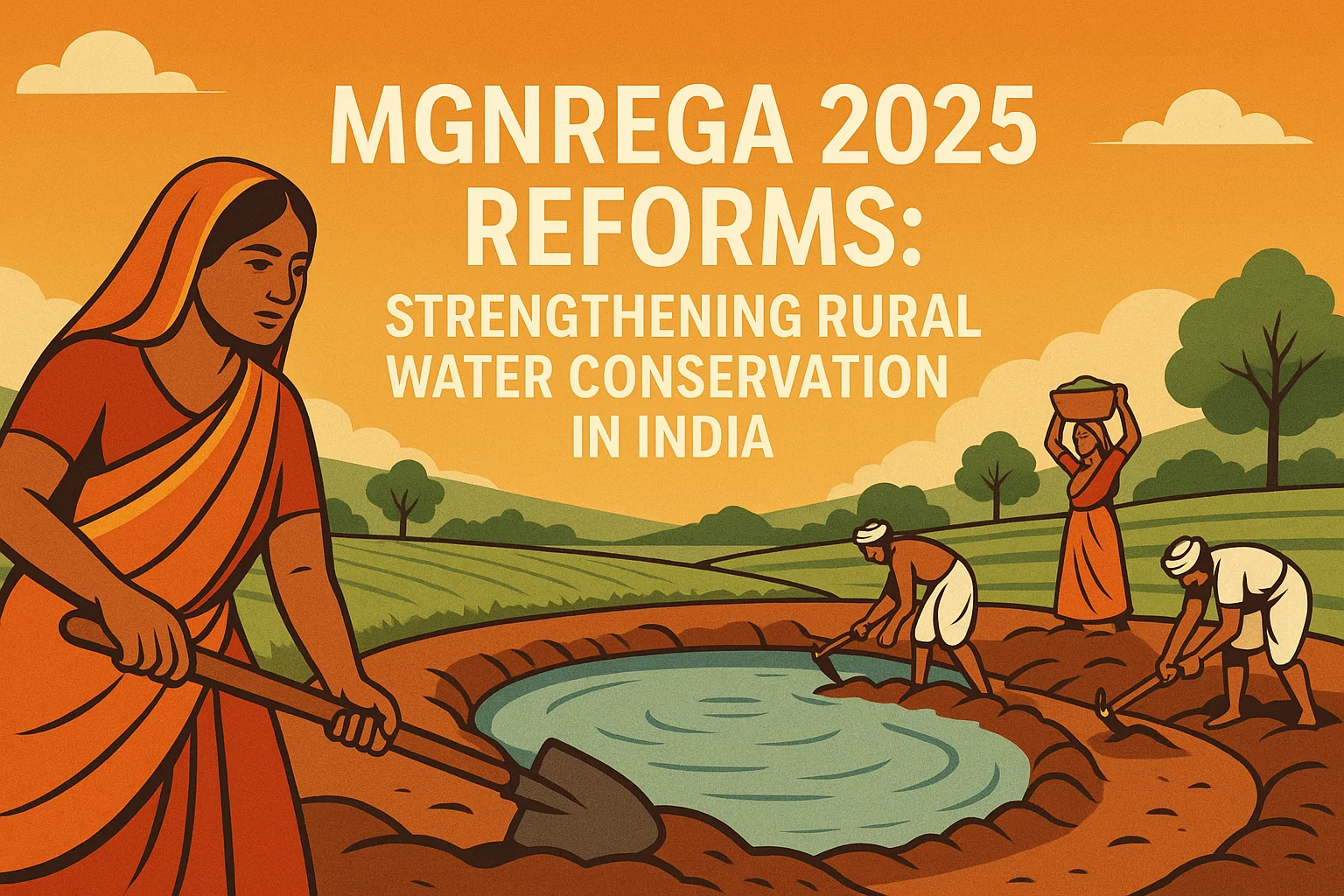Font size:
Print
Caste Enumeration to Empower Policy Planning in Census 2025
Caste Enumeration Begins: A Bold Step Toward Social Equity
Context:
The Union Cabinet has approved the inclusion of caste in the upcoming Census for the first time in nearly a century, marking a shift in the BJP’s long-held stance ahead of the crucial Bihar elections.
Key Objectives of the Caste Census
- Update and Expand Social Data:
- The last caste data dates back to 1931 (excluding SCs/STs).
- It aims to provide updated demographic figures for all castes, particularly the OBCs and EBCs.
- Enable Evidence-Based Policymaking:
- Accurate caste data will help in designing targeted welfare schemes and revising quotas.
- It will provide the basis to evaluate socio-economic disparities linked to caste.
- Ensure Inclusive Representation: It seeks to include communities left out of power structures, especially smaller or less politically mobilised castes.
- Address Social and Economic Inequality: If coupled with economic indicators like land ownership, it could highlight entrenched caste-based poverty.
- Strengthen Affirmative Action: It may provide the empirical basis to revisit the 50% ceiling on reservations (as mandated by the Supreme Court in Indra Sawhney v. Union of India).
Complexities and Challenges
- Caste Classification and Codification:
- Multiple names and spellings for the same caste across regions.
- Conflicts over sub-caste identities and classifications (General/OBC/SC/ST).
- Political Sensitivities:
- Risk of caste polarisation and identity-based mobilisations.
- Resistance from upper-caste groups fearing loss of privilege or status quo.
- Reservation Ceilings:
- Pressure to revise or breach the current 50% cap based on updated population data.
- Possible legal challenges if quotas are expanded.
- Implementation Logistics:
- Delays due to lack of preparedness; no timeline yet announced for the 2021-delayed Census.
- Need for a caste code directory and training for enumerators.
- Potential for Discontent:
- Communities might contest classification or feel undercounted.
- Fears of reinforcing caste identities rather than eroding them.
Political and Electoral Implications
- BJP’s Strategic Shift:
- A surprising reversal given their earlier resistance; aims to neutralise Opposition advantage ahead of the Bihar elections.
States that Have Conducted Caste Enumeration
- Bihar (2023): Revealed OBC+EBC share as 63%+.
- Karnataka (Survey in 2015; data released in 2024): OBCs nearly 70%.
- Telangana (2024): Backward classes over 56%.
- Appeals to EBCs by linking enumeration to symbolic gestures (e.g., Bharat Ratna for Karpoori Thakur).
- Opposition’s Counter-Mobilisation:
- Congress and regional parties like the Samajwadi Party aim to leverage the count to push for increased reservations.
- Call for extending reservations to the judiciary, private sector, and beyond.
- Social Justice Narrative:The caste census has become a central rallying point for calls for proportional representation.


